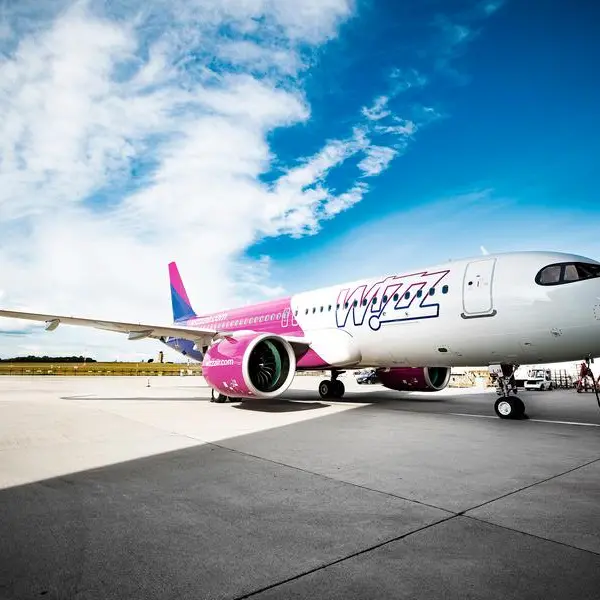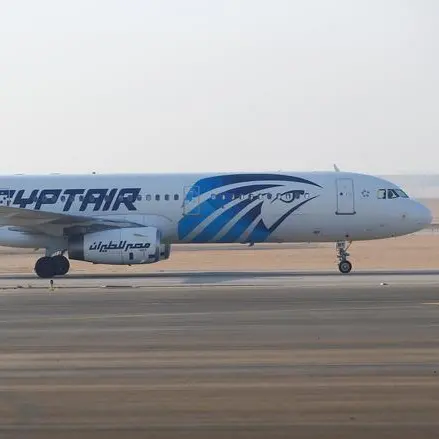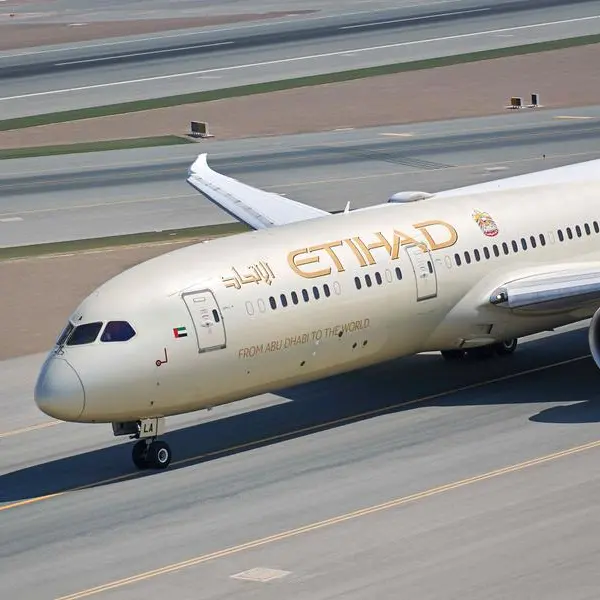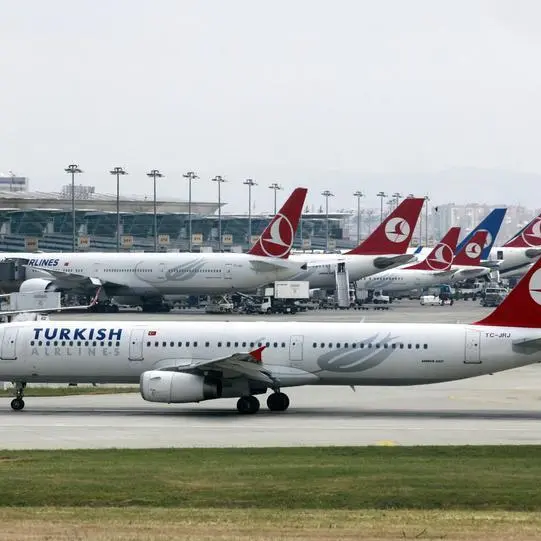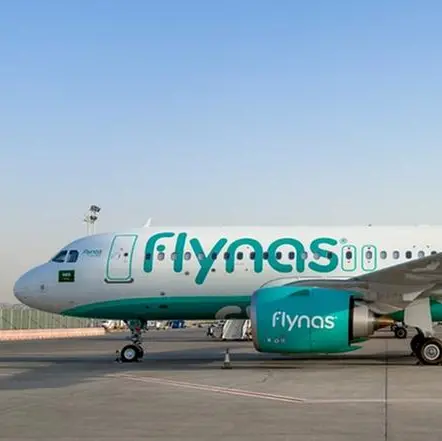PHOTO
Muscat: While international air traffic is growing with seat capacity expected to surpass pre-pandemic levels by the end of the year, but airfares remain more than 10% higher in several markets, according to the Airports Council International's (ACI) recent report for Asia-Pacific & Middle East.
The airfare study, undertaken by ACI, examined airfare trends across approximately 60,000 routes in 19 countries from 2019 to 2024, providing a detailed view of post-pandemic air travel recovery in the region.
Several markets experienced significant airfare increases. The study showed a sharp rise in domestic airfares during the first half of 2024 compared to 2019 levels.
Despite the anticipated recovery in international seat supply in these countries, airfares remain elevated compared to pre-pandemic levels.
In the Middle East, traffic volumes have surpassed pre-pandemic levels in most countries by Q2 2024. Countries such as Bahrain (+24%), Qatar (+27%), Saudi Arabia (+30%), and the United Arab Emirates (+39%) have experienced robust traffic growth. However, despite this recovery, international airfares in some countries remain elevated. In the UAE, fares increased by 22%, while Oman saw a rise of 10%.
Notable increases were seen in key domestic markets such as India (+43%), Vietnam (+63%), Malaysia (+36%), Thailand (+26%), and Australia (+21%), all of which heavily rely on domestic air travel.
In India and Vietnam, international fares rose by 16%, Malaysia by 21%, Australia by 14%, and Thailand by 7%, with low-cost carriers (LCCs) contributing to the sharpest increases.
The study also notes that LCCs in the Asia-Pacific region have demonstrated greater resilience to the COVID-19 pandemic, increasing their market share and bargaining power, and further influencing airfare trends.
According to Emmanuel Menanteau, President of ACI Asia-Pacific & Middle East and Regional Director, VINCI Airports, “Affordable airfares is crucial not only for ensuring accessibility to air travel but also for supporting the economic vitality of our communities. Excessive fare increases can discourage passengers, hinder connectivity, and ultimately impact the growth of our sector. It is critical to keep air travel within reach for all, allowing our airports and local economies to thrive together.”
Stefano Baronci, Director General, ACI Asia-Pacific & Middle East, said, "Increase in airfares is not related to airport charges. Considering the airlines' cost structure, fuel prices and inflation have a much greater impact than airport charges,” Baronci added.
2022 © All right reserved for Oman Establishment for Press, Publication and Advertising (OEPPA) Provided by SyndiGate Media Inc. (Syndigate.info).


